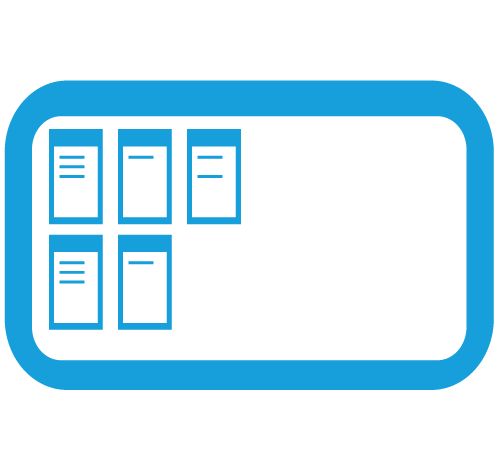Industry News
5 Essential Tips for Getting Your Point of Sale Right
Hey DCRS Blog readers! Check out this great post by MICROS on the essential tips for purchasing the RIGHT Point of Sale System!
Also, be sure to check out the BUYERS GUIDE to purchasing a Point of Sale System as it provides great insight!
5 Essential Tips for Getting Your Point of Sale Right
By Matthew Clark
Point of sale is the front line in food and beverage  operations. However, this essential component is often overlooked in the planning stages. POS can be integral to operations through handling sales, monitoring stock and measuring productivity; key cost elements of any business. Get it right, and it can help work flow smoothly and aid business growth. Get it wrong, and it can cost money.
operations. However, this essential component is often overlooked in the planning stages. POS can be integral to operations through handling sales, monitoring stock and measuring productivity; key cost elements of any business. Get it right, and it can help work flow smoothly and aid business growth. Get it wrong, and it can cost money.
POS systems vary from restaurant to café; from club to catering company. To ascertain your needs, first establish your business’ parameters, such as its size, style and location. See what point of sale solutions similar operations use.
Keep these five tips in mind when choosing a solution:
1. Cost. It pays to get it right the first time. Many venues have opened with a cheap point of sale solution, which, after 12 months, is upgraded to a more robust, feature-rich, or reliable POS. Not only is it expensive buying two systems, there are additional ‘raw’ costs such as malfunctions or reduced functionality. Start with a basic set-up which can grow; make sure additional POS software and hardware, such as inventory management software or a kitchen display system, is available from the same vendor, or an integrated partner, to ensure smooth integration and just one support contact.
2. Quality. Quality is all about experience and a proven track record in a particular area. For example, if you want a restaurant point of sale system, contact companies that have provided point of sale systems for other similar-sized restaurants. Does the vendor have enough experience in your industry sector? Get referrals.
3. Accessories (and integration). Customer pagers and kitchen displays may look great, but start with basics. Receipt printers and cash drawers are staples, while scanners or digital media devices are needed in certain operations. It’s all about cost and vision. Ensure your vendor has the flexibility to grow with you and the ability to integrate with third party applications.
4. Implementation. Check that point of sale software can be modified through the one supplier and that it includes training to manage the system long-term. For instance, a simple café operation starting with a basic POS may eventually need a more complex system incorporating credit/debit card payments, digital signage, mobile ordering, kitchen display and a customer loyalty program.
5. Support. This critical element must be readily available, locally based and in-house. You don’t want to deal with third parties. Point of sale support should cover both software and hardware components and be available outside normal business hours, as evenings, weekends and public holidays could be your busiest times.
Follow these tips to ensure you get it right the first time and you’ll quickly make a good return on your investment with increased productivity, efficiency and sales.
















